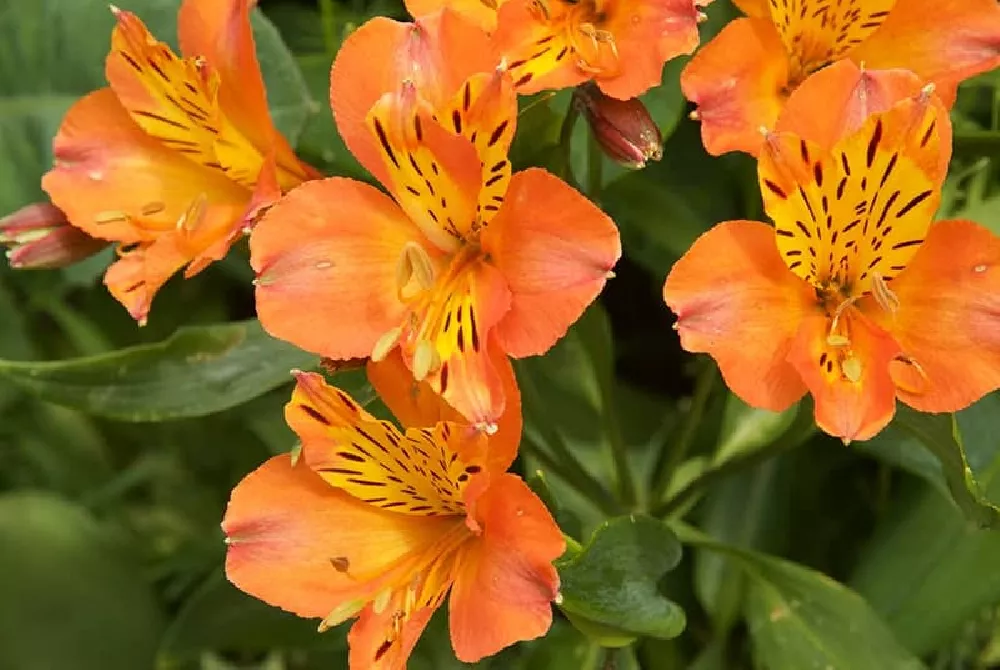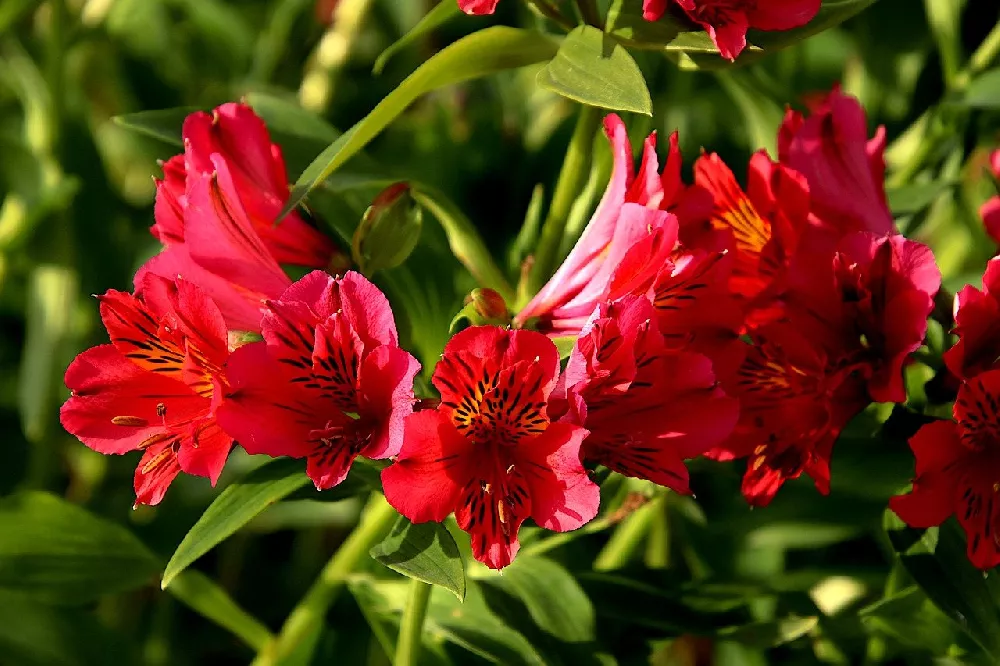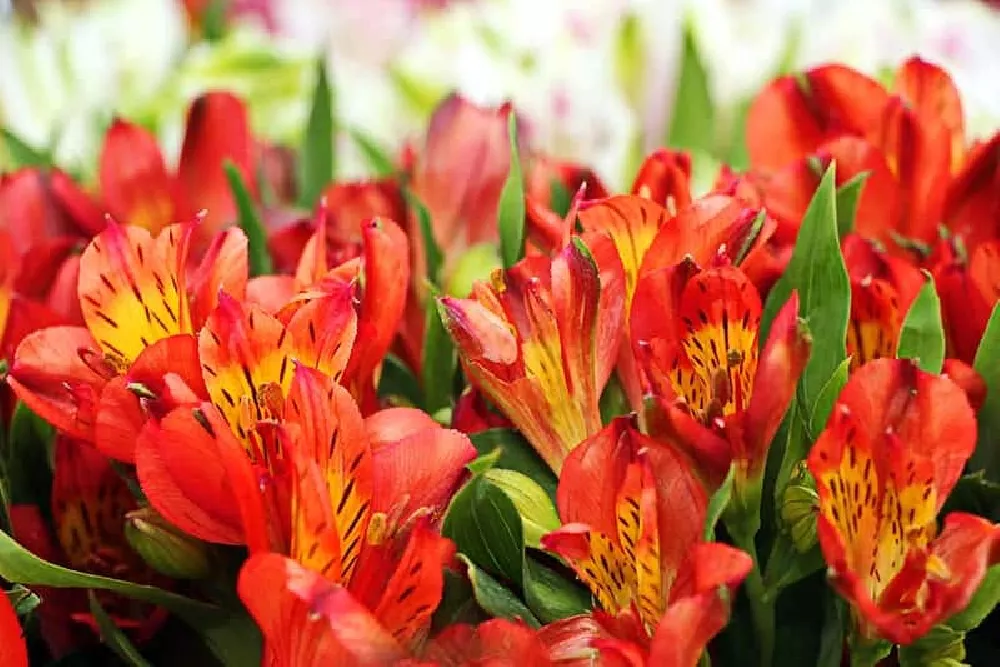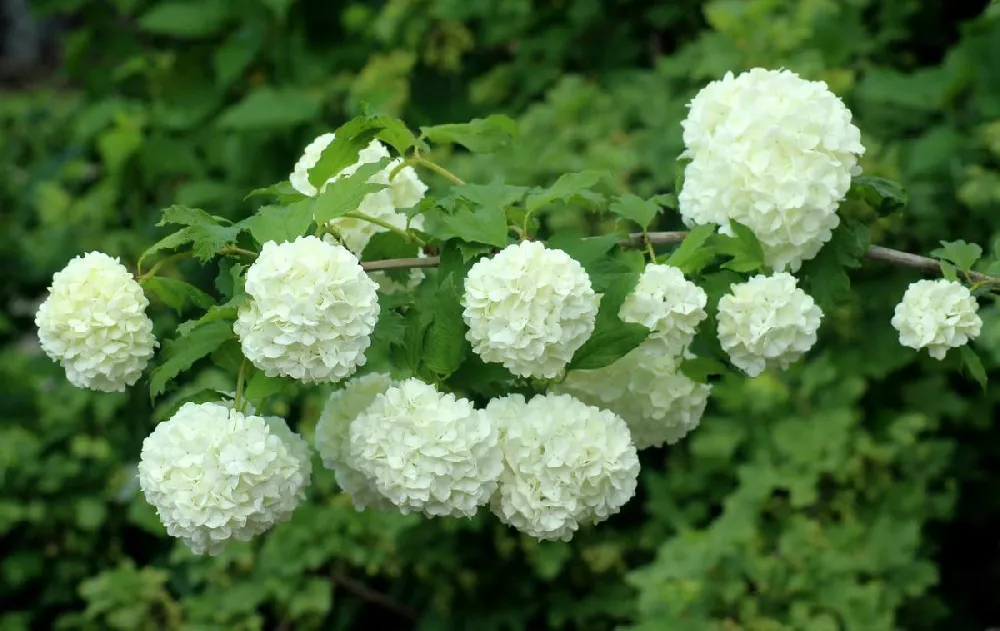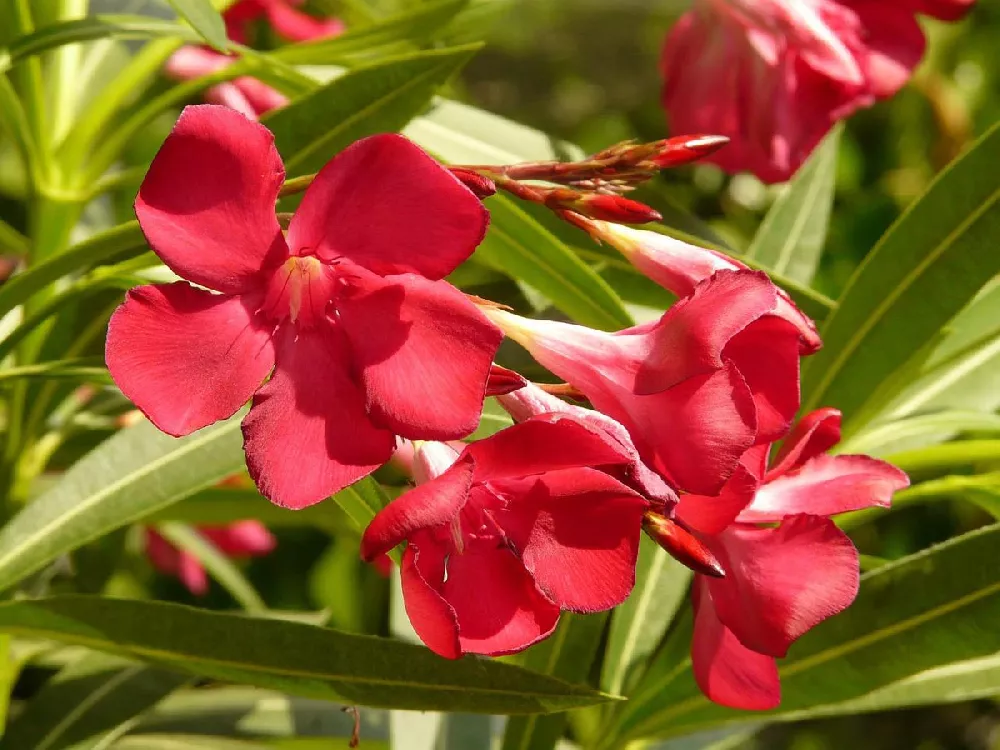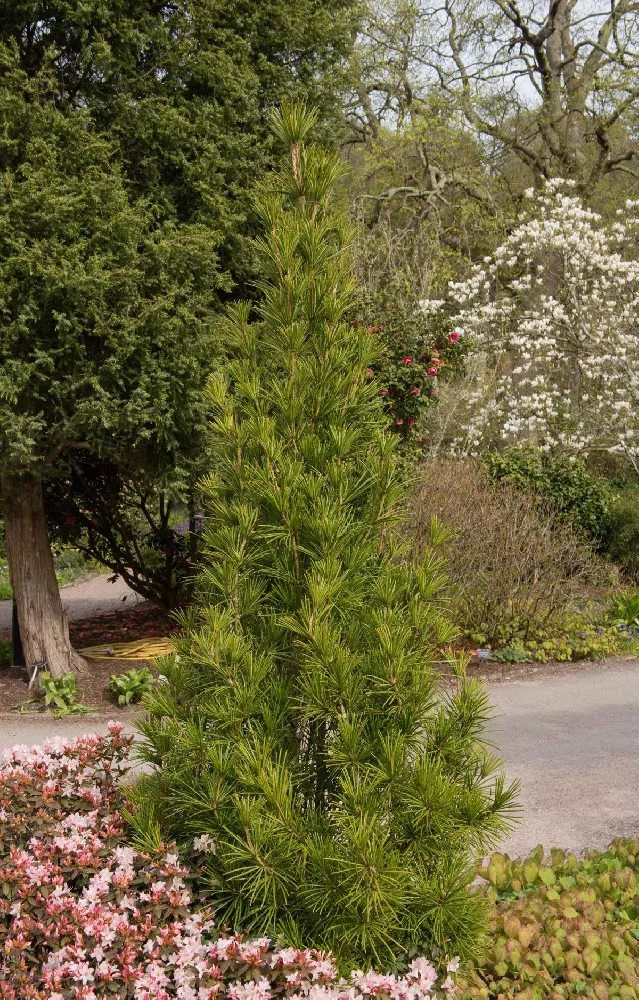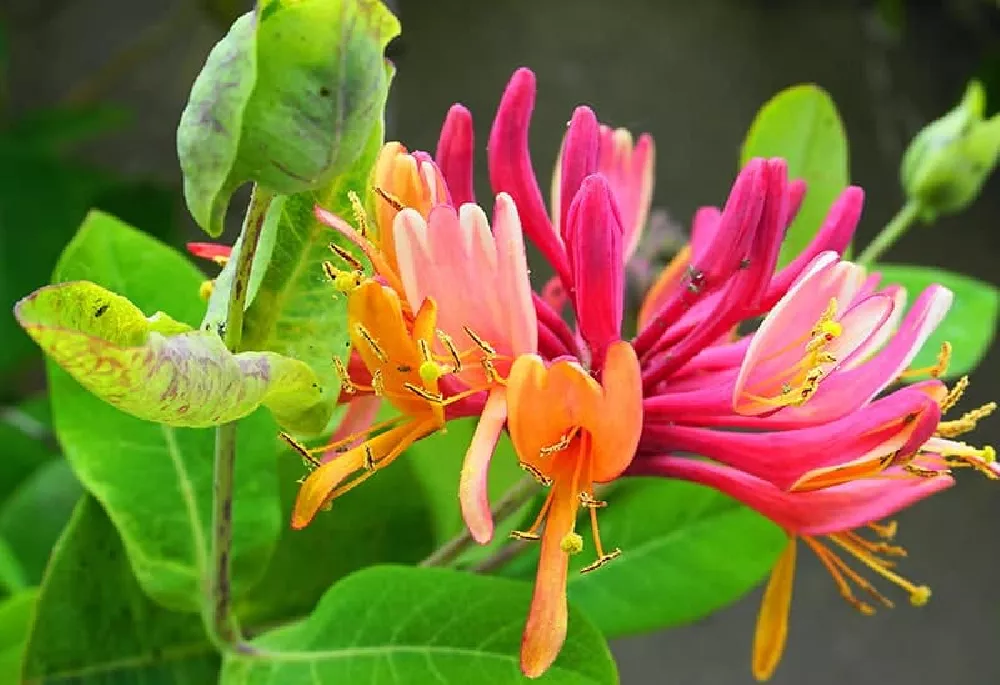Peruvian Lilies for Sale - Buying & Growing Guide
Available in a wide array of colors, this beautiful small flower consistently outlasts all other flowers, maintaining its fresh look for two to three weeks. The same things that make it a popular choice for cut flowers have made it as a gardener’s favorite — they can be grown in containers or gardens, are easy to plant and maintain, and come back year after year. Here are some other notable facts about Alstroemeria:
- Blooms all summer long and are available in yellow, pink, red, orange, purple, white, and maroon.
- Can be grown from seeds or propagated by dividing their tubers or clumps of mature plants.
- Has colorful, freckled flowers that grow on stems that reach one to three feet tall.
Planting and Care
Planting instructions
Alstroemeria are perennials that grow best in USDA hardiness zones 7 through 10, and though they are also known as Peruvian Lilies and appear to be smaller versions of the familiar oriental lilies, they are very different. They can be purchased as mature plants from local nurseries or grown from tuberous roots that spread out in the same way that irises do. Planting these tubers is one of the most popular methods of adding Alstroemeria in your garden.
Alstroemerias require warm soil, and the best time of year to plant them is when the soil in your area has reached a temperature over 60 degrees Fahrenheit but has not yet reached 68 degrees Fahrenheit. They do best with only a few hours of direct sunlight early in the day followed by partial shade the rest of the day. Moist, well-drained soil should be mounded to a height of about six inches deep, and tubers that have been soaked in water for 24 hours placed atop these mounds, then covered with a few inches of soil. Make sure that the pointy side of the tuber is facing up and space the plants at least 12 inches apart. If you are planting sections that you have divided from mature plants, trim away any dead areas and greenery.
Alstroemeria can also be planted in containers as long as they are large enough and kept in a shaded area when the sun is too hot. Wherever you plant the tubers, be sure to water generously after planting, and protect your Alstroemeria during the winter by adding a thick layer of mulch or organic material to keep them warm.
Watering and nutrients
Alstroemeria needs regular watering, especially during the hottest time of the year. Overheating is one of the biggest threats to the plant’s blooms, and is best offset through deep watering and making sure that they are in an area that gets enough shade so that the soil does not get too dry.
To encourage a strong growing and blooming season, provide a slow-release flower fertilizer that is low in nitrogen content in early spring. Continue providing nutrients by enriching the soil with manure and compost on a regular basis
Pruning
If left alone, an Alstroemeria will go directly from blooming to seed production, and this negates the point of having this constant bloomer in your garden. To avoid this and make sure that you have flowers throughout the season, cut the stems close to the base of the plant when they are flowering. If you are not gathering flowers for vases or bouquets, you will still want to deadhead the spent blooms using the same technique of removing them at the stem’s base.
Pests, diseases, and animals
Alstroemerias are disease resistant but are attractive to slugs, mites and aphids. To control these unwanted, destructive visitors, use an insecticide soap or bury a copper foil wrapped collar halfway down the soil — the slight charge of copper repels slugs and snails.
Light
Peruvian lilies should ideally be grown in full sun, but they will tolerate partial shade. For the best flowering results, you will need to ensure the plant receives a minimum of 6 hours of sun each day. For plants in partial shade, the ideal scenario would be for them to be in full sun in the morning and shade in the afternoon. This is because the tubers do not like to get too hot, so being sheltered from the sun during the hottest part of the day will help to protect the roots of the plant.
Temperature
Peruvian lilies are native to South America, though despite what their common name suggests, they are not primarily found in Peru. Their main homes are in eastern Brazil and central Chile. They are therefore accustomed to high temperatures and will thrive in the warmth. In the US, they are hardy through USDA zones 7 to 9.
Young plants will need extra care in their first few winters. Cut the plants back in fall and mulch them over to protect them from frost and low temperatures. The mulch should be removed in spring. Once the plant is at least two years old, it should be hardy enough to survive winters without any extra help, though mulching the soil is always a good idea to offer some insulation for the roots against freezing.
Propagation
Some varieties of Peruvian lilies can be propagated from seed. They are best sown in spring and will typically take 2 to 3 years before they begin flowering.
A more common method of propagation for this plant is division. Peruvian lilies are known for having sensitive root systems that do not respond well to disturbance, but they can be divided with success every two years with care. To divide your plant, dig up the root system and separate one plant into two by carefully pulling apart the roots. This is best done in April, and the plants should be replanted immediately.
Container growing
Peruvian lilies can be grown in containers, especially the dwarf varieties, which are the ideal size for this. Container plants will need extra watering during the summer as the soil will typically dry out quicker than those planted in the ground. The pots can be kept outside during summer months and brought inside for winter, or alternatively, they could live in a greenhouse all year round.
Peruvian lilies grown in a greenhouse will benefit from a longer blooming period, but they may also grow taller than expected and become top-heavy, causing the pot to fall over. Those grown in pots will need to be re-potted every two years to ensure adequate growing space, though take extra care as the roots do not like to be disturbed.
Flowers
The stunning flowers in a wide range of colors, along with a long blooming period, is the reason why this plant is so popular. The dramatic flowers grow in a trumpet shape, in an exotic array of colors, and feature speckled marks for added interest.
The low-maintenance plant offers a large reward for gardeners, with big showy blooms, for very little work. The flowers are commonly found in cut bouquets as they have a long life once cut, typically around two weeks. The plant flowers freely throughout summer and fall, with blooms generally making their first appearance in June, and continue to bloom until the first frost.
Alstroemerias Varieties
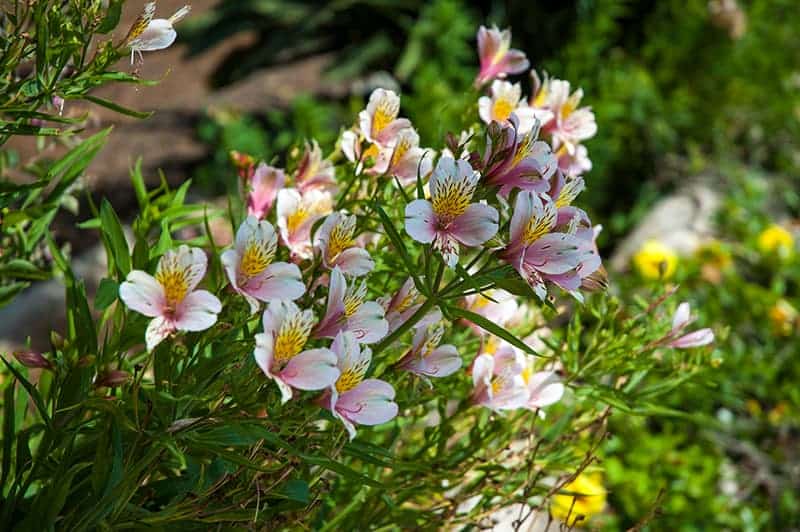
Alstroemeria ‘Apollo’
This is one of the taller varieties of Peruvian lily and is commonly seen in traditional gardens. It produces startling yellow and white flowers in abundance from June until November.
Alstroemeria ‘Friendship’
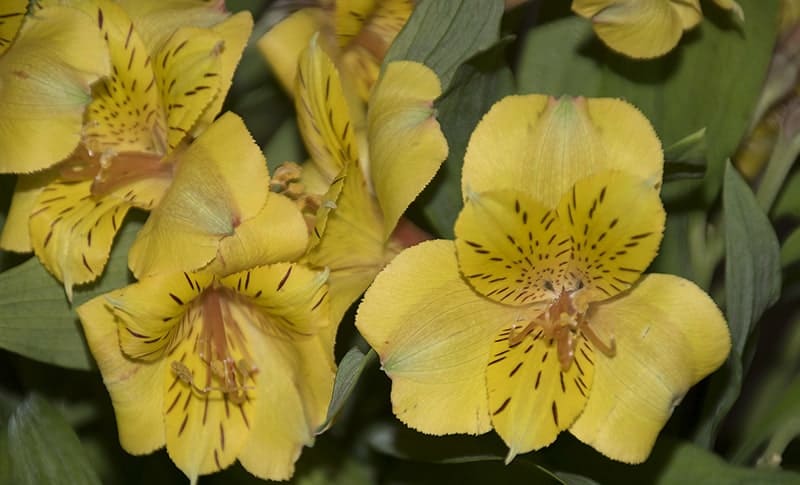
Alstroemeria inticancha ‘Dark Purple’
This is a dwarf variety that will grow to around 8 inches in height, making it perfect for use in a container or as a border plant. The flowers of this variety are a deep rich purple that brings a feeling of drama to the garden.
Alstroemeria ‘Princess Mathilde’
This variety grows to a maximum height of 14 inches, making it suitable for a container garden or as a bedding plant. It produces an abundance of large peach flowers with deep red freckles. It has a compact habit and is particularly attractive to butterflies.
Alstroemeria ‘Aurea’
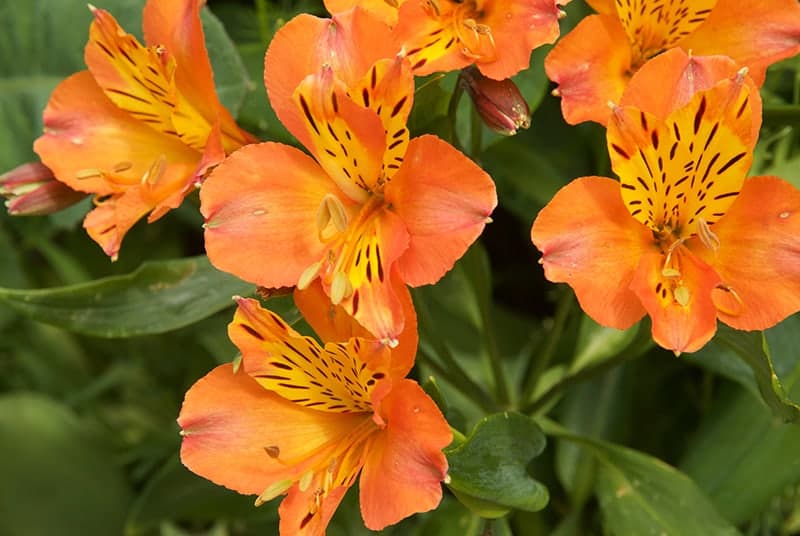
FAQs
What do I do with my Alstroemeria during the winter season?
If you live in an area where the temperatures drop to freezing, make sure to apply a thick layer of mulch to protect the tubers from the cold. In warmer climates, cut back on watering and leave them alone.
How long does it take for a newly planted Alstroemeria tuber to produce blooms?
Alstroemeria will grow in the first months after being planted, though more mature plants will send out more blooms. After a few years of growth it is best to divide plants to encourage more abundant blooms.
How long can I keep Alstroemeria tubers out of the ground?
Alstroemerias need to be replanted immediately after being dug up in order to avoid becoming infected with fungus.


